KRATINGDAENG Red Bull
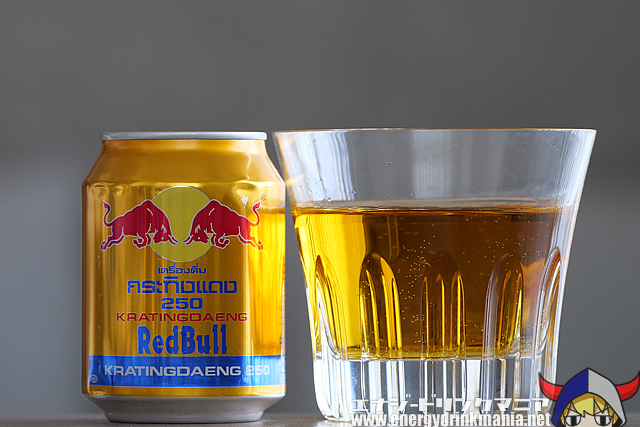
KRATINGDAENG Red Bull, originating from Thailand. If you’ve been to Southeast Asia, you might have seen this mini-sized gold can of Red Bull.
At first glance, it might be mistaken for a knockoff of Red Bull, but this is actually the original Red Bull. KRATINGDAENG is a nutritional drink that was born in Thailand in 1976. When translated, KRATINGDAENG means "Red Bull."
The KRATINGDAENG brand, originally distributed in Southeast Asia, was developed into the world-famous blue and silver Red Bull by Dietrich Mateschitz of Austria. With a unique recipe and design, it was launched in 1987 in Europe and eventually became globally popular.
In this review, I’ll be comparing the Thai-made KRATINGDAENG Red Bull with the European Red Bull, which now holds the largest market share worldwide.
KRATINGDAENG Red Bull
| Manufacturer | T.C.Pharmaceutical |
|---|---|
| Country of Origin | Thailand |
| Price | 2.3 SGD |
| Flavor | classic flavor |
| Total rating | ★★★☆☆ |
 Features and recommendations for KRATINGDAENG Red Bull
Features and recommendations for KRATINGDAENG Red Bull
- タイの元祖レッドブル
- 東南アジア特有の無炭酸・濃密フレーバー
- エナジードリンクではなく栄養ドリンクタイプ
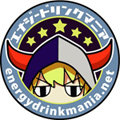 Author: Energy Drink-kun
Author: Energy Drink-kun
In 2001, while living in the United States, I encountered energy drinks through the dance scene and was deeply impressed. After returning to Japan, I found that energy drinks were considered novelty beverages, so I established a comprehensive website in 2013 to share the true appeal of energy drinks. As an energy drink enthusiast, I began drinking them seriously again, collecting over 8,000 varieties of energy drinks from various countries. I am also active as a critic and expert, receiving media interviews.
KRATING DAENG's Flavor
The liquid is a vibrant yellow. The aroma is more subtle than expected. There’s not the typical overwhelming scent that fills the room, which is common with energy drinks.
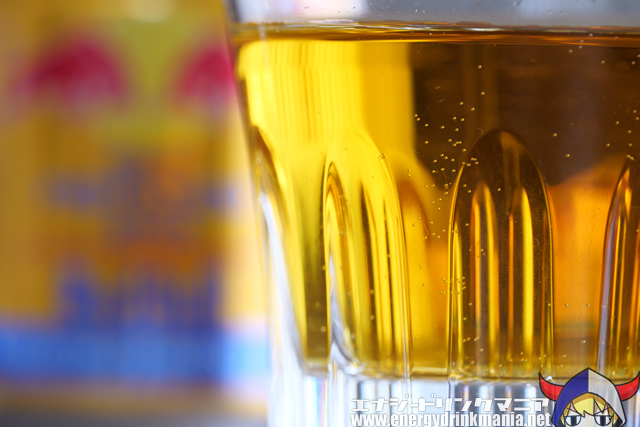
When you take a sip, it has a sweet and tangy fruity flavor. The balance of sweetness and acidity is just right, but since it's non-carbonated, it feels like you're drinking sweet syrup. This flavor profile is typical of energy drinks in Southeast Asia with high carbohydrate content.
Despite the syrup-like sweetness and richness, the texture on the tongue is relatively light. Even with a high sugar content and being non-carbonated, there’s not much of a sticky residue left behind. It's a thin, easy-to-drink concentrated syrup.
The chemical taste isn't overpowering, and there’s almost no bitterness, so it would be great to chill it with ice for a refreshing drink.
Comparing Thai KRATING DAENG and European Red Bull
A well-known difference between Thai KRATING DAENG and European Red Bull is whether they’re carbonated or not, but the flavors also differ significantly. Let’s compare them.
On the left is KRATING DAENG, and on the right is the European Red Bull, released in Japan.
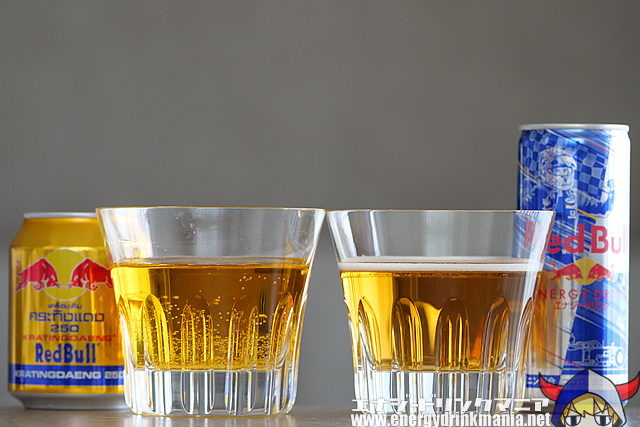
KRATING DAENG has a rich, full-bodied sweetness with an overwhelming and dense flavor, which can be considered a hallmark of Southeast Asian energy drinks. It's not quite like the traditional energy drink flavor.
On the other hand, the European Red Bull has a more subdued sweetness compared to KRATING DAENG. The acidity stands out, giving it a crisp, classic energy drink flavor. The carbonation helps make the European Red Bull feel more refreshing.
KRATING DAENG has a feel more akin to a nutritional drink with the sweet "Southeast Asian flavor," while European Red Bull has solidified the "classic energy drink flavor." If you get the chance, try comparing them for yourself!
KRATING DAENG's Energy Ingredients
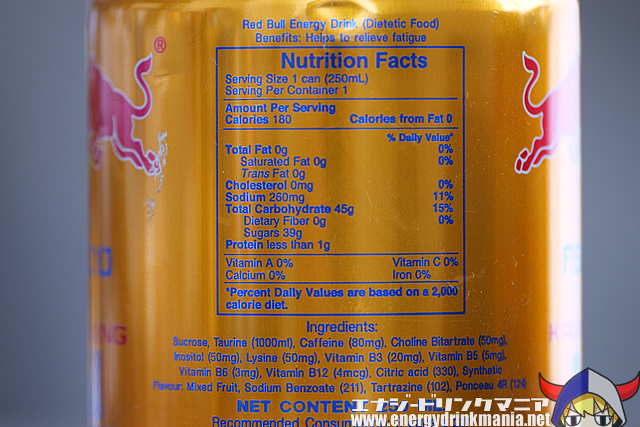
It contains 80mg of caffeine, 1000mg of taurine, 50mg of choline, and 50mg of lysine. The caffeine and taurine content are the same as European Red Bull.
The carbohydrate content slightly varies depending on the country of sale, but in most countries, a 250ml can contains about 45–47g of carbohydrates. This high sugar content is characteristic of Southeast Asian energy drinks. With 90g of sugar per 500ml can, it has one of the highest sugar concentrations in the world.
⇒ Energy Drink Health Ranking
KRATING DAENG's Design
The design is simple and easy to recognize, with the familiar Red Bull logo on the gold mini-sized can.
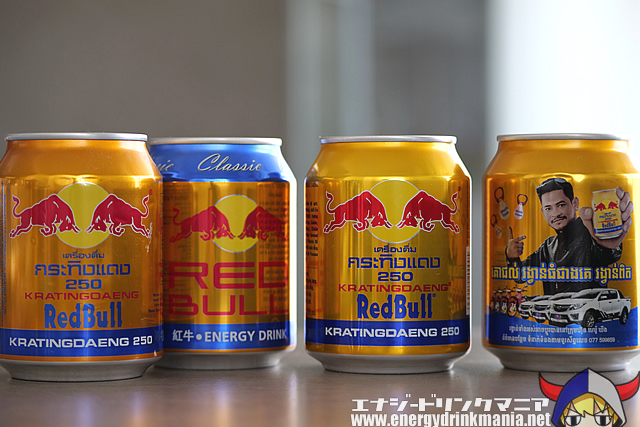
It's a 250ml can, exactly half the size of the 500ml can. This type of 250ml can is quite common in Southeast Asia.

The tab is a red one, with the Blue Bull logo engraved.
The Original Southeast Asian Taste, KRATING DAENG
KRATING DAENG differs in color from the blue and silver Red Bull most people are familiar with and is often seen as a counterfeit or knockoff in Southeast Asia. However, KRATING DAENG was the original, being sold 10 years before the blue-and-silver Red Bull.
KRATING DAENG is the epitome of sweet Southeast Asian energy drinks. If you drink this, you’ll get a good sense of the flavor profile common in Southeast Asian energy drinks. If you’re traveling in Southeast Asia, be sure to try a can!
Energy Drink-kun's Personal Rating
- Flavor

- Aroma

- Weight

- Freshness

- Munchiness

Related energy drinks for KRATINGDAENG Red Bull
Everyone's KRATINGDAENG Red Bull taste and ingredient opinions and ratings
★★★★
トロトロでただ甘く炭酸の力って大きかったんだなって教えられる一品。濃厚な味は相当の甘党出なければ耐えられないかもしれない(自分は大丈夫だった)。今思えばかき氷にかければ元気と涼しさ両方取れる至極の一品になれた気もする。勘違いかもしれないが最初ほんのりと匂い強めの牛タンが一瞬だけ通ったと感じたのは自分だけだろうか。
★★★
缶のサイズ感がかわいくて一目惚れで購入。調べずに買ったのと、海外のエナドリを飲んだことなかったから一口飲んだ時はびっくりした。炭酸が入っていないからさっぱりしていなく、とても甘い。少し飲むのがしんどかった。好みが分かれる味かなと自分的には感じた。


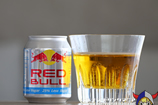

 Since 2001, Energy Drink Maniac has been drinking energy drinks and providing the most detailed reviews of global energy drinks based on firsthand research.
Since 2001, Energy Drink Maniac has been drinking energy drinks and providing the most detailed reviews of global energy drinks based on firsthand research.